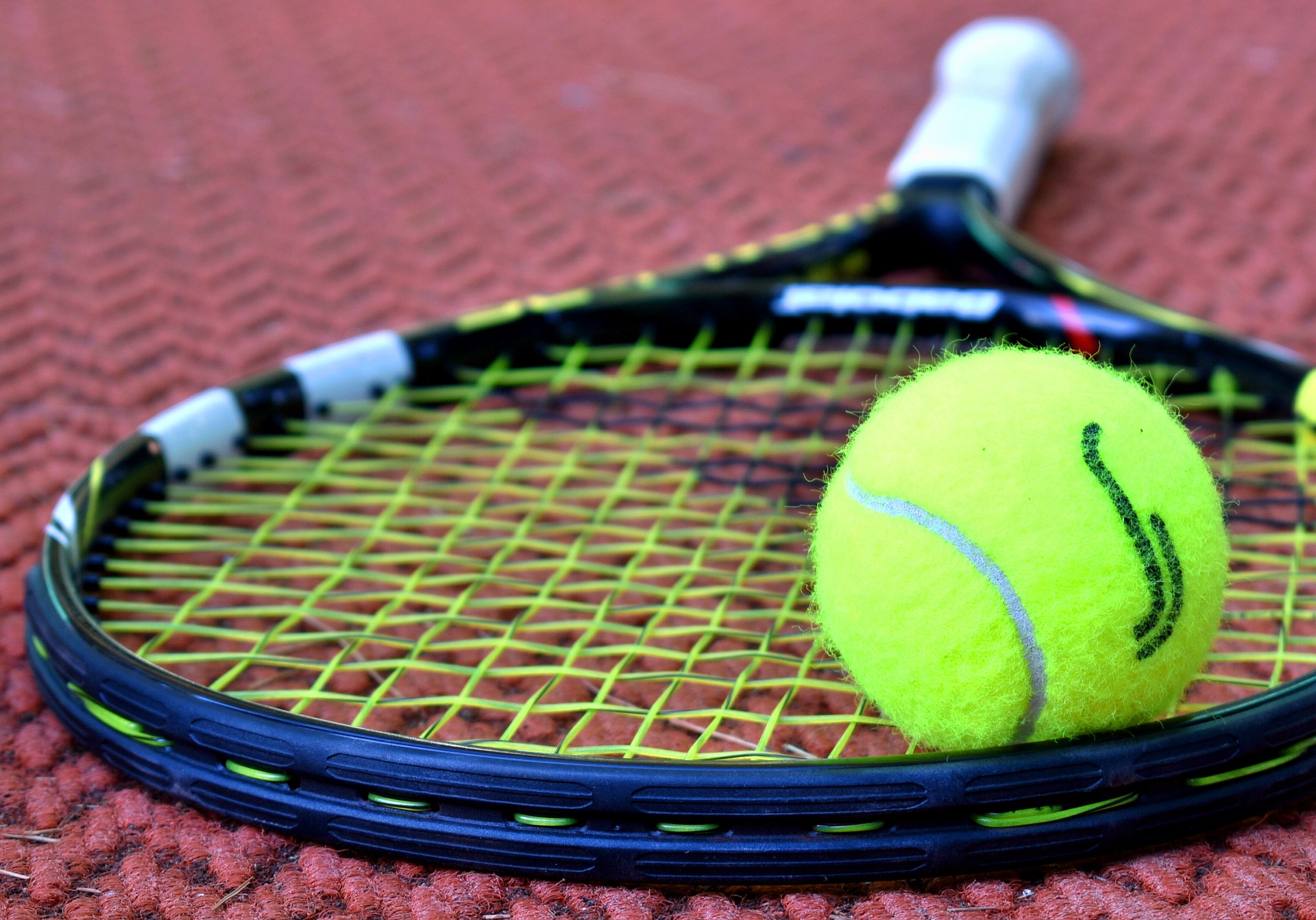
Wimbledon 2020 Cancelled
It is almost that time of the year when people would go watch a sporting
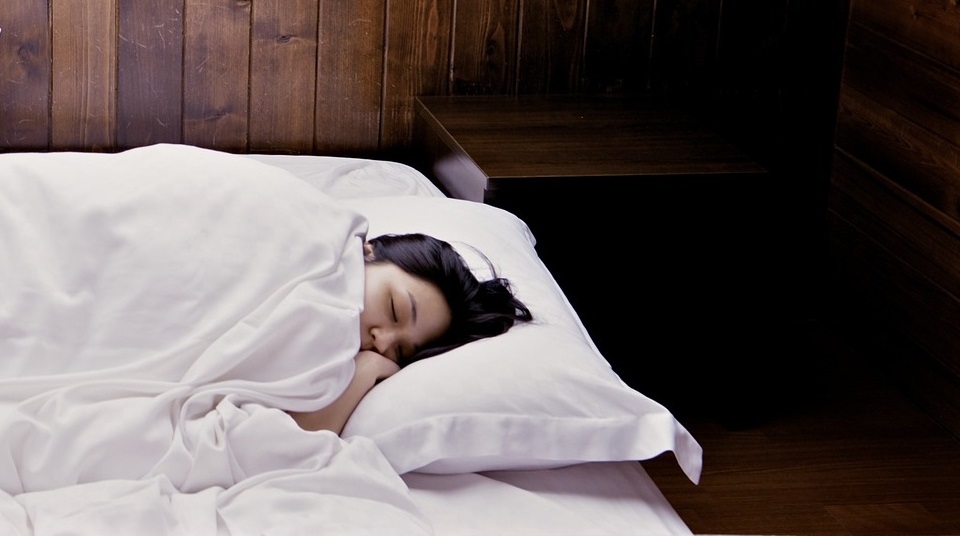
The memory foam that we know today went through long years of development beginning in 1937. This material underwent different names during the process that indicated its current stage of development. Today, we call it memory foam because is best known for its “memory.”
Making memory foam starts with synthesising a polyurethane base material and then adding certain chemicals. This specific combination of chemicals that are added are what give the polyurethane foam greater density and higher viscoelasticity. This means that memory foam is strong and both viscous and elastic. The viscosity means that it is stretchier yet resists stretching out when stress or pressure is applied. The elasticity means that the material can return to its original state easily and quickly after pressure is removed.
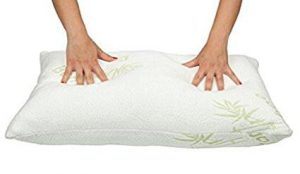 Take a memory foam pillow for example. When you lay your head on it, the viscosity of the foam makes it cradle your head according to its shape without flattening out against the pressure of your head’s weight. The elastic quality of the pillow also allows it to go back to the shape that it was originally when you get up. Compare this to any other pillow and you will see the difference. Moreover, memory foam does not wear out easily. Its qualities cause it to continue to resist the natural tendency of any material to stretch away from the source of pressure.
Take a memory foam pillow for example. When you lay your head on it, the viscosity of the foam makes it cradle your head according to its shape without flattening out against the pressure of your head’s weight. The elastic quality of the pillow also allows it to go back to the shape that it was originally when you get up. Compare this to any other pillow and you will see the difference. Moreover, memory foam does not wear out easily. Its qualities cause it to continue to resist the natural tendency of any material to stretch away from the source of pressure.
This is memory foam’s memory – it “remembers” what shape it was in before your heavy head pressed against it, and it always goes back to that original shape when you lift your head off it. This means that it is always ready to give you the same soft and at the same time supportive cushion when you rest your head on it again. This unique “memory” property makes memory foam the best known material for sleep. Memory foam is a very popular material for pillows, but is also becoming increasingly popular for use in mattress toppers to give you an extra layer of comfort and support that soothes tired and painful limbs and backs and aids in spine decompression.
Not all memory foams are the same because they are all formulated differently. These four main factors below can show you how superior one final product is from another.
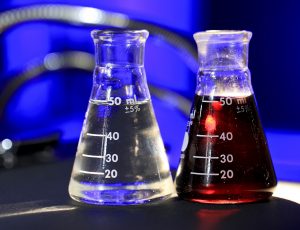 The weight of memory foam depends on how much of the chemical ingredients are mixed into the synthesised polyurethane base material. These chemicals are what determine the foam’s viscoelasticity, which is the most important property of memory foam. The weight of the final product is directly proportional to the amount of chemicals used, so the more chemicals added, the higher the foam’s density. This density is not connected to the hardness or softness of memory foam, but it does affect how the foam compresses and bounces back. To get the best product for your needs, always test different weights to see which feels best, and check that against any memory foam product before you buy it.
The weight of memory foam depends on how much of the chemical ingredients are mixed into the synthesised polyurethane base material. These chemicals are what determine the foam’s viscoelasticity, which is the most important property of memory foam. The weight of the final product is directly proportional to the amount of chemicals used, so the more chemicals added, the higher the foam’s density. This density is not connected to the hardness or softness of memory foam, but it does affect how the foam compresses and bounces back. To get the best product for your needs, always test different weights to see which feels best, and check that against any memory foam product before you buy it.
The ILD or IFD Rating of memory foam is the measure of its firmness. This percentage rating tells you how many pounds are required to get an X% compression rate from a 50 square inch indentation on memory foam that is four inches thick. A ILD percentage means greater firmness. Just like with foam weight, first test different ILD ratings on pillows or mattress toppers to find the best fit for your needs. In general, however, you should choose ILD ratings that are somewhere in the middle range. Memory foam that is too soft – a low ILD rating – will not give you enough support. This can make back problems worse. Memory foam that is too hard – a high ILD rating – will be rigid and have a greater tendency to cause pain because it does not give way against the body’s weight, or pushes back too much. Layered memory foam is the best design because it properly distributes the pressure points along the body. Layers that become firmer from the top down give you both soft comfort at the point of contact and firm support below.
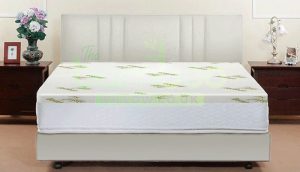 The resilience of memory foam shows you how much it is able to carry your weight and how fast it springs back to its original form after the pressure is removed. Its resilience is measured by the rebound percentage that a steel ball shows when it is dropped on the memory foam from thirty-six inches above. The higher the resilience rating, the more durable the foam is against compression forces. The tricky part is that viscoelastic memory foam has better force dampening when it is less resilient, meaning that it can better absorb pressure to provide comfort and reduce pain. As above, a high quality pillow or mattress is the one that has a layered design with lower resilience for comfort on top and higher resilience for support towards the bottom layer. This layering give you the right degree of pressure point reduction on the surface that comes in contact with your body and the right level of support below.
The resilience of memory foam shows you how much it is able to carry your weight and how fast it springs back to its original form after the pressure is removed. Its resilience is measured by the rebound percentage that a steel ball shows when it is dropped on the memory foam from thirty-six inches above. The higher the resilience rating, the more durable the foam is against compression forces. The tricky part is that viscoelastic memory foam has better force dampening when it is less resilient, meaning that it can better absorb pressure to provide comfort and reduce pain. As above, a high quality pillow or mattress is the one that has a layered design with lower resilience for comfort on top and higher resilience for support towards the bottom layer. This layering give you the right degree of pressure point reduction on the surface that comes in contact with your body and the right level of support below.
Tensile strength is the measure of how far the memory foam material can be stretched without becoming damaged or losing some of its viscoelasticity. In general, memory foam mattresses are not subjected to a lot of stretching, but memory foam pillow tensile strength should always be considered for sleepers in particular who tend to mold or squeeze their pillows and are basically rough sleepers. The best memory foam pillows and mattresses are the ones with high tensile strength. These products are more durable, able to endure stretching without tearing or losing form.

It is almost that time of the year when people would go watch a sporting
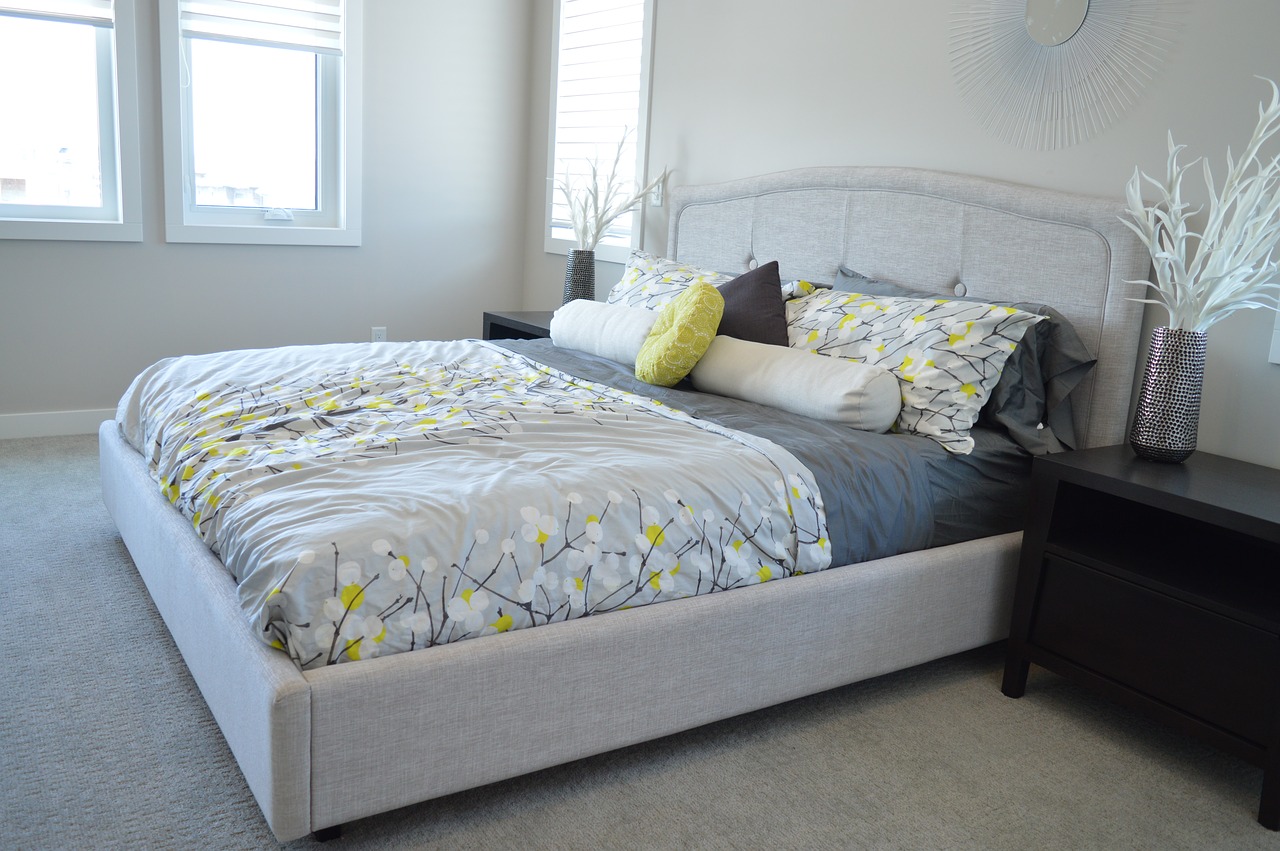
Queen Elizabeth II has two birthdays to celebrate: her actual birthday on 21 April and

The first of May is celebrated by many countries around the world as Labour Day